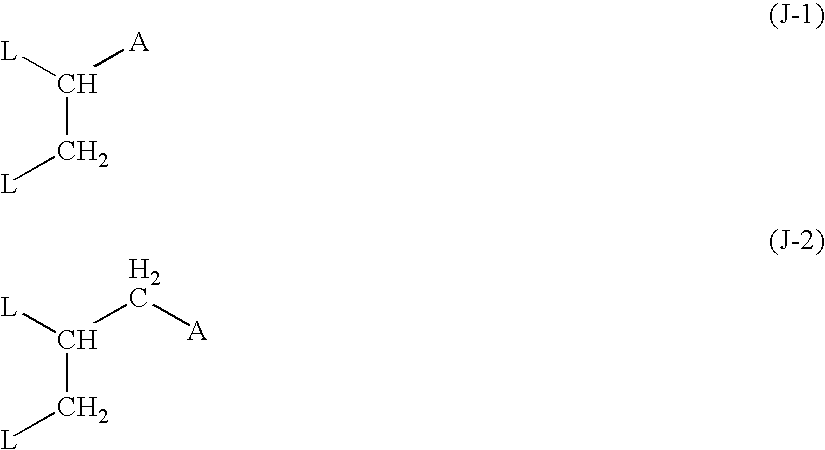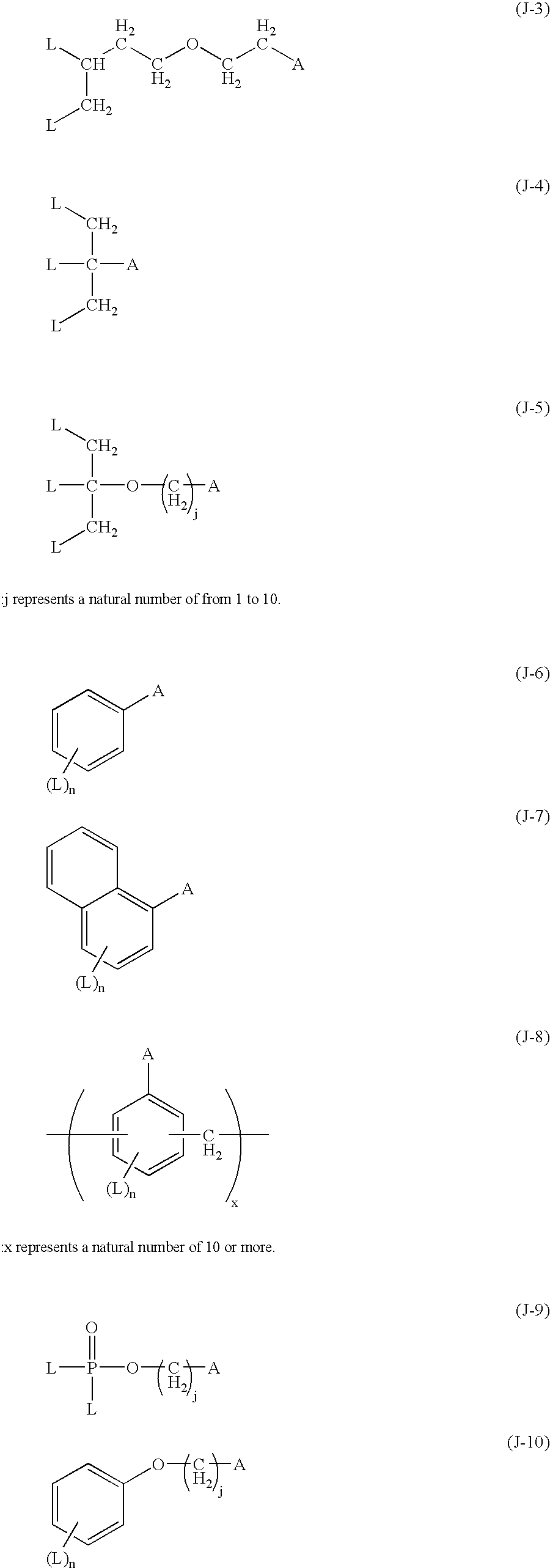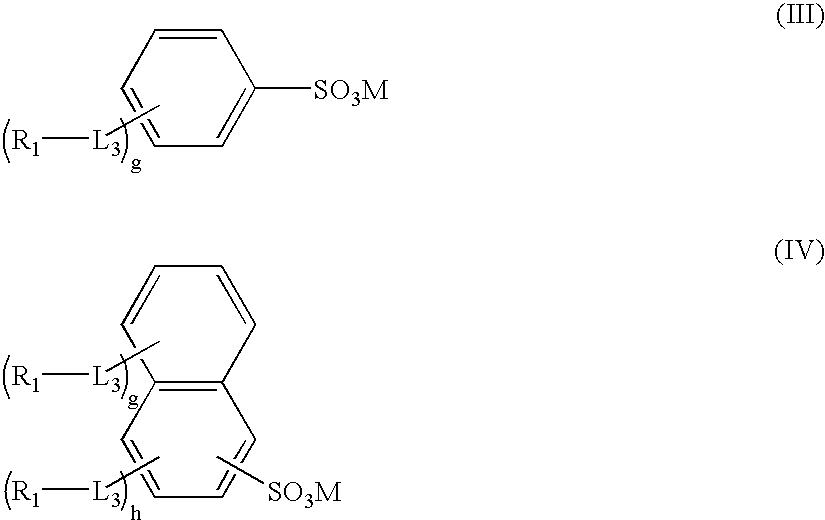Silver halide photographic photosensitive material
a technology of silver halide and photographic material, applied in the field of silver halide photographic photosensitive material, can solve the problems of unevenness during developing processing, inability to correct the secondary absorption of coloring material by means of masking using colored couplers, and inability to achieve the above-mentioned correction of secondary absorption of coloring material by means of colored coupler, etc., to achieve excellent color reproduction properties and reduce the occurrence of unevenness
- Summary
- Abstract
- Description
- Claims
- Application Information
AI Technical Summary
Benefits of technology
Problems solved by technology
Method used
Image
Examples
example 1
—Preparation of Sample 101—
(1) Preparation of Triacetyl Cellulose Film
[0192]Triacetyl cellulose was dissolved (13% by mass) in dichloromethane / methanol=92 / 8 (mass ratio), and, then, triphenyl phosphate and biphenyldiphenyl phosphate with a mass ratio being 2:1 as plasticizers were added to the resultant solution such that the total amount of the plasticizers came to be 14% relative to triacetyl cellulose and, thereafter, a triacetyl cellulose film was prepared by using a band method according to a normal solvent casting method. Thickness of a support after drying was 97 μm.
(2) Content of Undercoat Layer
[0193]Both faces of the thus prepared triacetyl cellulose film were applied with an undercoat by using an undercoat solution having a composition as described below. Numerals show a mass of each component contained per liter of the undercoat solution.
[0194]
Gelatin10.0gSalicylic acid0.5gGlycerin4.0gAcetone700mLMethanol200mLDichloromethane80mLFormaldehyde0.1mgWater up to 1.0 LAs require...
PUM
| Property | Measurement | Unit |
|---|---|---|
| average particle diameter | aaaaa | aaaaa |
| boiling point | aaaaa | aaaaa |
| wavelength | aaaaa | aaaaa |
Abstract
Description
Claims
Application Information
 Login to View More
Login to View More - R&D
- Intellectual Property
- Life Sciences
- Materials
- Tech Scout
- Unparalleled Data Quality
- Higher Quality Content
- 60% Fewer Hallucinations
Browse by: Latest US Patents, China's latest patents, Technical Efficacy Thesaurus, Application Domain, Technology Topic, Popular Technical Reports.
© 2025 PatSnap. All rights reserved.Legal|Privacy policy|Modern Slavery Act Transparency Statement|Sitemap|About US| Contact US: help@patsnap.com



